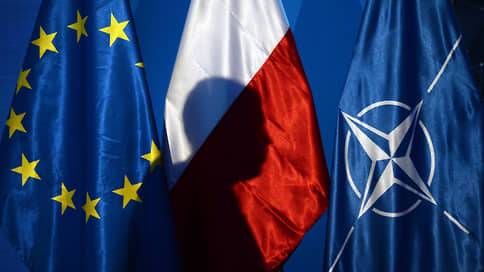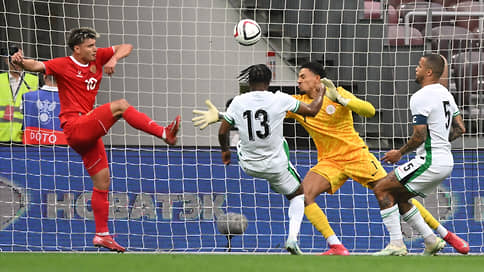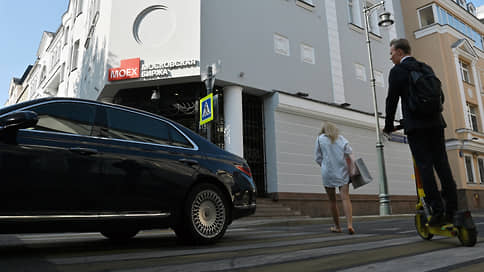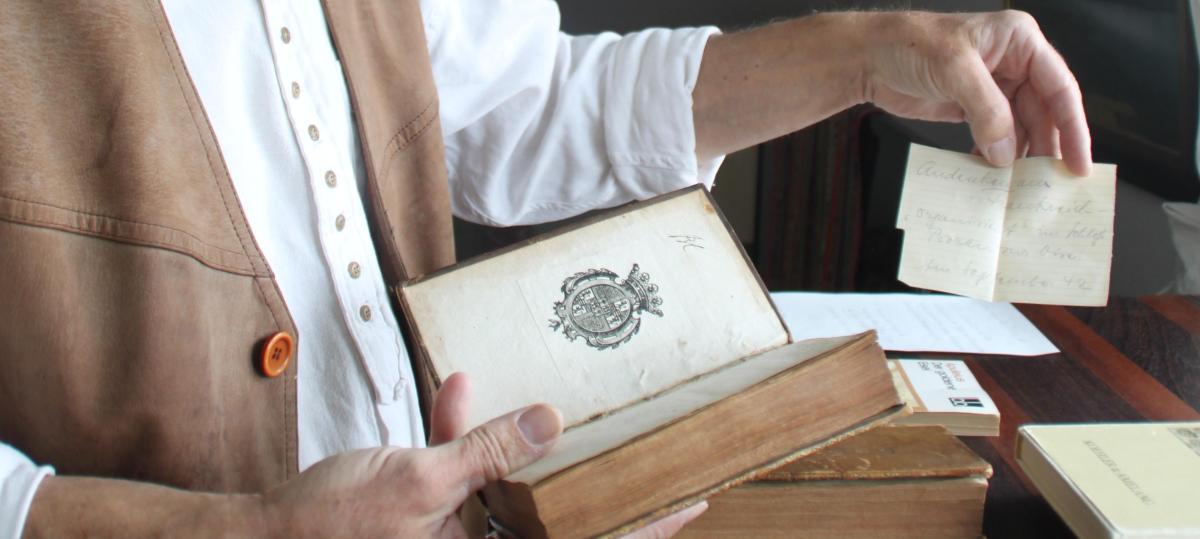The European Commission offered to spend post -shaped money on defense

The European Commission suggested that the Beniff countries of the recovery fund after the Covid-19 pandemic redirect part of the funds to the needs of the defense industry. Now in the fund, which will close in August 2026, there are about € 335 billion of non -combined money. This is more than half of the initial budget. Poland has already received permission to spend € 6.2 billion on military needs, it is expected that other countries will soon join it. True, they will already be offered to invest in an yet established fund for joint procurement of weapons made in the EU.
The European Commission published a document on Wednesday, which reported on the results of the work of the recovery fund created in 2021, which was supposed to help the EU countries recover from the consequences of the Pandemia of Coronavirus. Initially, € 650 billion for projects in the field of ecology and digitalization – in the form of grants and preferential borrowing was laid in it. The main beneficiaries of the fund were Spain and Italy: almost half of all the money fell on the share of the two countries, but it turned out to be the most difficult thing to spend it.
However, the problem of mastering the fund’s funds is not unique – to one degree or another, all the beneficiaries collided with it. The main reason is the delay in the implementation of projects for which funds were originally allocated. If in the first years of the fund’s existence this process went as planned, then since 2023 it began to slow down. By 2025, his pace was recognized as unsatisfactory. Against this background, Italy and Spain began to lobby for the idea of extending the validity of the fund, but in the EC they were not ready to take such a step.
Poland helped to get out of the impasse, which was allocated from the fund € 60 billion, but which, like a number of other EU countries, did not manage to spend them.
In the spring, Polish Prime Minister Donald Tusk requested permission to redirect € 6.2 billion to defense from the European Commission, and on May 27 he received a positive response. So, Poland acquired the right to finance double -purpose infrastructure projects – including the construction of roads to move military equipment, shelters and bomb shelters, subsidies to defense enterprises and investments in military technologies. Only the purchase of weapons outside the EU was banned (the main suppliers of Warsaw – South Korea and the USA).
Even then, the Politico publication suggested that other countries would like to follow the example of Poland. A promising scheme was considered in Brussels. In their recommendations, the countries of the assistance countries have proposed an audit of current projects in the field of ecology and digitalization and evaluate which of them can really be completed before the recovery fund is closed. The EC proposes to abandon the minor and unsuccessful projects (or reduce their scale and finish later from other funds), and to direct the released money, for example, to the European defense industry program (EDIP).
This program, whose budget in 2025–2027 will be € 1.5 billion, should help increase the production capacities of the European defense industry due to joint procurement from the defense concern of the EU countries and ultimately contribute to the re -equipment of the Union and strengthen its defense capabilities. Also, part of the funds will be aimed at supporting the military industry of Ukraine.
So far, this project has not yet been adopted, but, according to the Euractiv publication, the EU ambassadors will return to its discussion in the tenth of June.
The main reason for the delays was a sharp criticism of a relatively low budget, which EC lays for its implementation.
For decades, the EU defense industry has been faced with the problem of insufficient financing, and this amount, according to the project auditors, is not able to fundamentally change the current situation.
At the same time, the Germany and the Netherlands are opposed to expanding the budget: both countries are negatively related to the creation of another joint fund-including because of the negative experience of the development of post-tooseal money. There are also disputes regarding what percentage of weapons components should be produced in the EU. So far, France insists 80%, Germany, Sweden and the Netherlands offer a threshold of 65%. Finally, Poland asks to mitigate the requirements for weapons suppliers and enable countries to finance the joint purchase of American Patriot air defense systems.
As a result, the approval of the EDIP program is unlikely to occur earlier than the second half of 2025 – the agreement was stuck at the stage of intergovernmental discussion and has not yet reached the next stage of approval. Thus, by the time the document is adopted by the beneficiaries, the post -icing recovery fund will probably remain less than a year to master the budget allocated by him. So, they will have to not only reconsider their expenses, but also coordinate them with the European Commission in an extremely short time.








